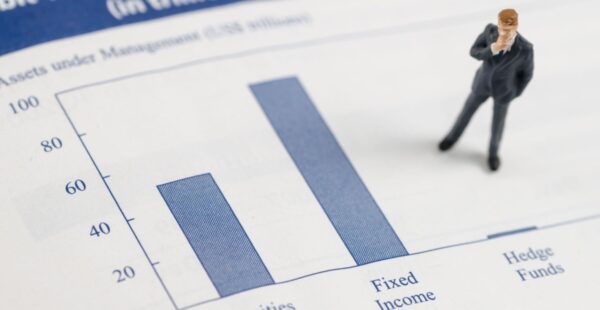How Australian billionaires have grown their proportion of wealth

The dominance of superannuation funds in terms of Australian wealth has been eroding over the past 17 years as individual billionaires grow richer.
Back in 2004 superannuation funds held almost $34 billion in assets compared to every $1 billion held by Australian billionaires, whereas today superannuation funds hold just $9.1 billion for every $1 billion held by the country’s richest 33 people.
According to independent think tank, the McKell Institute, that is a decline of almost one quarter of the ratio in just 17 years.
The McKell Institute revealed the analysis as part of its submission to the current Parliamentary Committee of Inquiry into Common Ownership and Capital Concentration in Australia.
While Government back-benchers on the Parliamentary Committee have raised concerns about the role of superannuation funds in the concentration capital, the McKell submission argues that the Australian superannuation system contributes towards a dilution of capital from a small number of wealth individuals to a larger number of beneficiaries.
“Multi-employer superannuation funds have facilitated millions of Australians becoming shareholders in top companies on the ASX and global stock exchanges. Many of these people would be unlikely to hold shares themselves let alone through a well-constructed portfolio due to the barriers and costs. Unfortunately, evidence suggests that capital concentration among the wealthiest Australians persists,” the submission argued
“The capital dilution effect of superannuation funds can be understood by looking at the comparative growth in billionaire wealth. Across all segments, APRA-regulated funds have grown from $459 billion in 2004 to $2.2 trillion in 2021, equivalent to an annual growth rate of 9.7%.
“Over the same period, the annual Forbes billionaire list shows that the number of Australian US dollar billionaires has grown from five to 33 (an annual growth rate of 11.7%). Their combined net worth has grown $14 billion to $243 billion (an annual growth rate of 18.5%).
“In relative terms, back in 2004 for every $1 billion in wealth held by an Australian billionaire, there was almost $34 billion in superannuation assets. Now in 2021, there is just $9.1 billion in superannuation assets for every $1 billion held by the country’s richest 33 people, a decline to almost one quarter of the ratio 17 years ago.”
“Even keeping the comparison to the top five wealthiest Australians, for every $1 billion in wealth they hold now, there is just $17.5 billion in regulated superannuation assets, almost half the ratio of 2004.”
“The trend towards greater inequality means that the growing capital concentration in its most traditional form, in the hands of private individuals and families, is outpacing the dilutionary impact on capital concentration of superannuation. Put another way, if it weren’t for award superannuation and the superannuation guarantee, capital concentration in Australia would likely be far worse.”











There needs to be a Royal Commission into the collapse of life insurance advice in this country before it completely…
You are all correct!! But unless you are in the industry you don't see it. There is a great amount…
And the ruminative structure simply makes it un - profitable
TAL continues to increase existing Life Insurance premiums at extreme rates. Thus more people cancel or reduce cover. A self…
@ Anon You're Absolutely correct ! Insurance was always been bought on the needs of consumers and the benefits the…